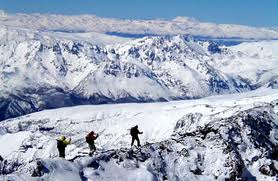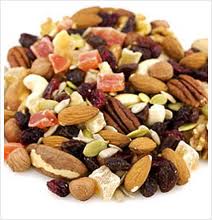I did my first avalanche safety training course this weekend just north of Vancouver so that I can start doing more backcountry snowboarding trips — preferably without ever getting caught in an avalanche. First things first, all you skiers out there are probably mocking the fact that I snowboard right now. You know what? Nothing feels better than riding through fresh powder and feeling like you’re surfing on water. However, I do realize that, especially for backcountry, skiing just might have more advantages (i.e. more efficient ways to hike up without the use of snowshoes)… I still like snowboarding better. Now that we’ve cleared that up… onto more important things! This dietitian is once again talking about nutrition. More precisely, how to properly fuel and hydrate in the backcountry.
Being in the middle of the mountains without access to ski chalets loaded with food and drink means more planning. It also means
Let’s start with hydration. Even though you don’t want your pack to be too heavy, one thing that is crucial is to ensure you do pack enough fluids to hydrate you through your trip. For a day trip, you need a minimum of 2-4 L of fluids. Ensure you hydrate well the day before your trip, and as soon as you get back. Trust me, the extra weight will be worth it. Dehydration can cause muscle cramps, weakness, light-headedness, and even confusion. The symptoms get worse the more dehydrated you get. But you definitely won’t be able to push yourself as hard or be as sharp without being properly hydrated.

Sports drinks. Store-bought sports drinks like Gatorade tend to be expensive and high in sugar. However, sports drinks can come in handy because they replenish electrolytes that you lose through sweat and provide a good source of carbohydrates which provide us with energy. Try this homemade sports drink recipe: ½ L water, ½ L 100% fruit juice, 1/3 tsp salt.
Have fun out there – skiers and snowboarders alike!
